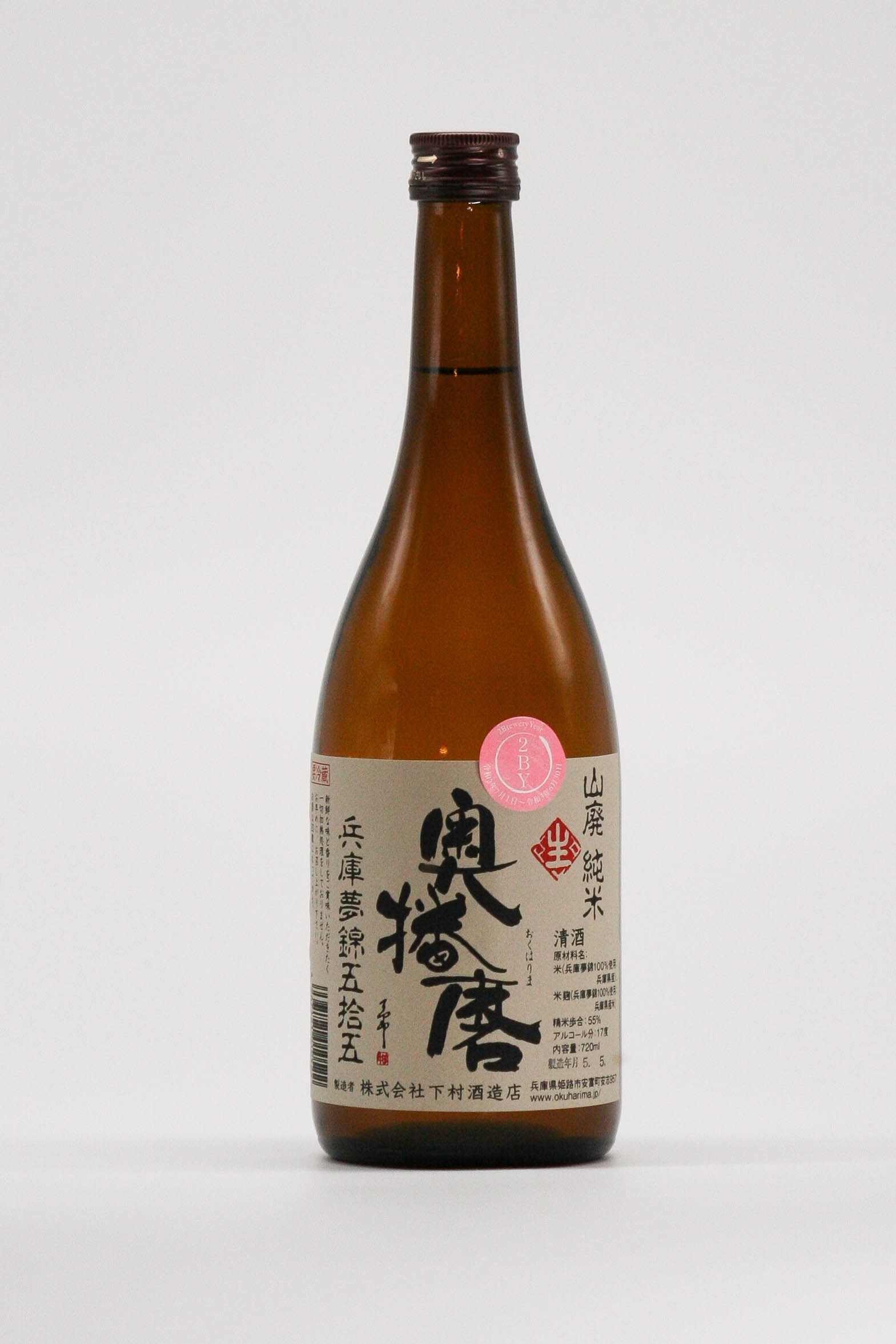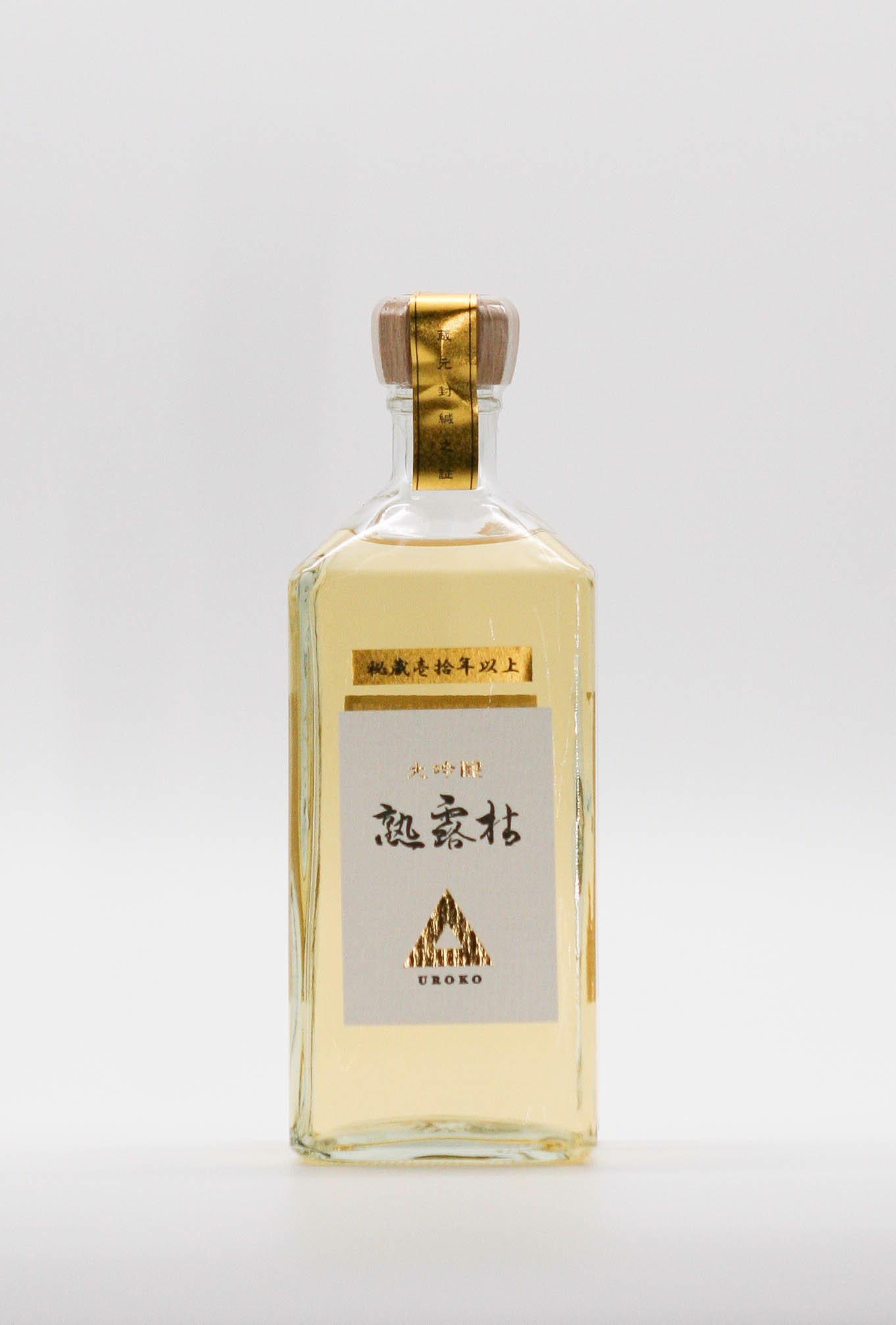The difficulty in choosing an aged alcoholic beverage that has been matured for many years, whether it be sake, wine, sherry, or rum, is that you cannot tell the quality of the alcoholic beverage until you drink it.
Has this sake been properly stored and is it still delicious? Is it too early or too late to drink it now?
It's no wonder that this is such a common concern.
A culture of expert tasting, criticism, and evaluation has developed in the wine world to solve this problem.
One of the reasons why matured sake, which has a long history, has remained limited to a select few enthusiasts is that there has been a lack of a culture of tasting, criticizing, and evaluating it.
At Jyuku to Kan (sake matured), our mission is to make matured sakes more accessible. We taste and evaluate matured sakes (with the understanding that some irregularities may occur) so that customers can choose their sake with confidence, and we also publish the results.
If you look at the Jyuku to Kan (sake matured) online store sakematured.com, you will see that most products include an introduction to the product and brewery, followed by comments by the tasters, including their real names.
Our evaluations are not influenced by any bias. Three of the four official tasters are independent of the Jyuku to Kan tasters, ensuring a transparent and fair evaluation process.
Our tasters are not just anyone. They are former National Tax Agency liquor appraisers and food and sake pairing professionals. (The other is Ueno, the president and bar master of Jyuku to Kan (sake matured) and a director of the Aged Sake Association.)
Our tasting-based selection process ensures that all sake offered in our online store, brick-and-mortar stores, and bars are of a certain quality level and are delicious to drink immediately. (Any that is likely to reach even greater heights with further aging will be noted.)
Matured sake is a luxury item and has many attractive features, so we have chosen not to rate it on a perfect 100-point scale like the Parker Wine Guide.
However, for the sake that the majority of tasters say, "This is outstanding among its type," or "After drinking dozens of brands, this has a unique charm and left a strong impression," we give a three-glass award (three cups if it is suitable for warming). Some of you may have noticed this on the website.
This time, we will introduce two brands of matured sake that were eligible for the 3 Glass Award out of the more than 70 types of sake tasted in 2023.
Sake suitable for warming
Okuharima Yamahai Hyogo Yumenishiki 55 years old (2020)
Most sake undergoes a process called hiire (pasteurization) at the end of the brewing process, in which the sake is heated to suppress the activity of microorganisms.
Sake, which does not undergo this process, is called namazake and is shipped refrigerated with the assumption that it will be consumed soon and fresh.
Shimomura Sake Brewery in Hyogo Prefecture has matured this namazake, creating a drink with a unique taste and aroma.
We recommend enjoying it warm, at 50-55℃.
◇ Okuharima Yamahai Hyogo Yumenishiki 55 years old (2020)
Price: 720ml 1,950 yen (tax included)
View Products
Assemblage Type
Uroko Daiginjo 10 years or more
Shimazaki Sake Brewery has been maturing Daiginjo sake for many years in caves in Nasu, Tochigi Prefecture, where the average temperature is around 10℃.
This drink is made by blending (assemblage) multiple types of sake that have been matured for over 10 years, resulting in a complex yet mellow drink.
They offer a variety of blends, from younger ones to those that have been matured for a longer time, but this is the one that everyone on the Jyuku to Kan (sake matured) tasting panel chose as their favourite, as a "drink now" sake that can be enjoyed slightly chilled
◇ Uroko Daiginjo aged 10 years or more Price: 720ml 8,800 yen (tax included)
View Products



